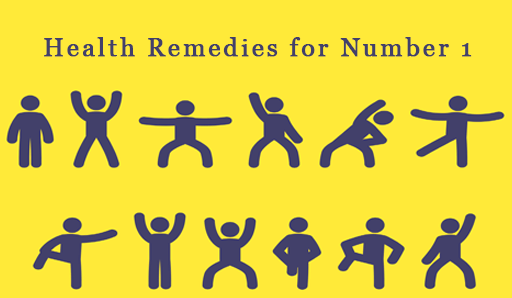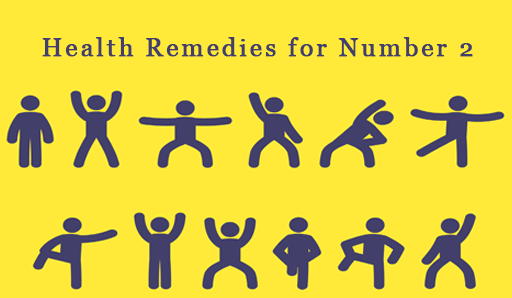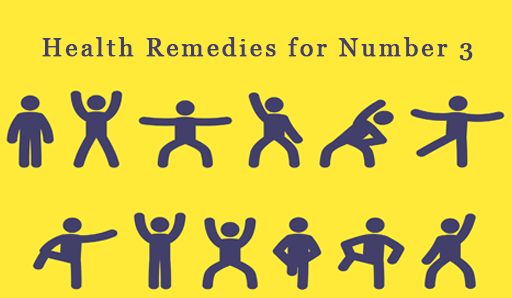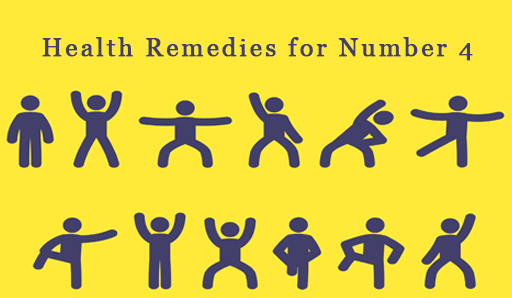
Nowadays headache/migraine is growing diseases in any age group, in earlier times it was seen only among aged peoples. Although headache is a common disease that soon resolves migraine headaches are unbearable. A migraine headache is a type of headache that tends to recur and causes moderate to severe pain. The pain is often described as throbbing or pulsing and usually begins on one side of the head.
The disease is increasing rapidly due to runaway life, irregular eating, stressful life and lack of nutrients. Migraine headaches are worsened by physical activity, light, sound or physical movement. The pain typically lasts from 4 hours up to 3 days. You may be sensitive to light, sound and even smell. And you may also experience nausea and/or vomiting.
Causes and symptoms of Migraine: –
- Sleep changes. Missing sleep, getting too much sleep or jet lag can trigger migraines in some people.
- Physical factors. Intense physical exertion, Overexertion, being overly tired, might provoke migraines, then there can be migraine or headache in some patients, do not work for long hours without taking breaks.
- Emotional factors. If there are changes in emotions, then there can be migraine or headache in some patients, do not suppress your feelings and emotions, and communicate with family and friends.
- Foods. Aged cheeses and salty and processed foods might trigger migraines. So might skipping meals or fasting.
- Artificial sweeteners– Many processed foods contain artificial sweeteners. These are sugar alternatives that are added to foods and drinks to add sweetness.
- But these sweeteners can cause migraine. Aspartame in particular is thought to trigger migraine episodes.
- Chocolate– chocolate is thought to be the second most common trigger for migraine attacks after alcohol.
- Weather changes. A change of weather or barometric pressure can prompt a migraine.
- Rapid pain on one side of the head is a symptom of migraine, pain in the hands and feet is the beginning symptom of migraine, and Migraine causes eye pain.
- Allergic conditions – Certain medications that cause blood vessels to swell.
- Medicines: Certain medicines may trigger migraines. If you think your migraines might be related to your medicine, talk to your doctor. Your doctor may be able to prescribe a different medicine.
- Illness: Infections, such as the cold or the flu, may trigger migraines, especially in children.
- Some people feel a need to urinate frequently during the premonitory phase of the migraine, according to the doctors; this urge can also be accompanied by pelvic pain.
Foods or additives that may be triggering include:
Foods that cause histamine release and vasospasm
Headaches in some people can be triggered by certain foods that cause histamine release and vasospasm. This is often the cause of cluster headaches.
Foods that trigger histamine release can include:
- Preserved or highly processed foods
- Canned beans and meats
- Fermented and aged food
- Alcohol, especially red wine
- Shellfish
- Smoked fish and meat
- Nuts
- Beans
- Chocolate
- Salt: Salt also can cause headaches because it leads to fluid retention and high blood pressure. Salt is added to most packaged and processed foods so it is best to avoid those. Check labels and keep sodium less than 1500 mg per day. Hidden sources of salt in the diet include:
- Cottage cheese and cheese
- Pickles
- Olives
- Deli meat and sausages
- Snacks foods like pretzels and chips
- Sauces and salad dressings
- Other foods or additives that may be triggering include:
- Eggs
- Tomatoes
- Onions
- Dairy products
- Wheat, including pasta and bread products
- Citrus fruits
- Nitrites found in foods
- Caffeine
- Food additives, such as MSG
- Aspartame
- Aged cheeses
Symptoms of migraine headaches include:
- Sensitivity to light, noise and odours.
- Nausea and vomiting, stomach upset, abdominal pain.
- Loss of appetite.
- Feeling very warm (sweating) or cold (chills).
- Feeling tired.
- Dizziness.
- Blurred vision.
- Tender scalp.
- Diarrhoea (rare).
- Fever (rare).
Following are some home remedies to cure a headache or even migraine pain.
1 Home remedies tips for Migraine Pain
You may ease migraine symptoms by:
- Drinking plenty of liquids
- Eat on a regular schedule.
- Eating regularly and never skipping meals.
- Use a balanced and nutritious diet.
- In case of migraine, use fresh fruits and green vegetables very much.
- Use a lot of milk, oatmeal and paneer for nutritional elements.
- Do not take any stress and maintain positive thoughts.
- Resting with your eyes closed in a dark, quiet room
- Putting a cool compress or ice pack on your forehead
- Massage the head with a light hand.
- Massaging your scalp
- Get your full sleep.
- Relax when you feel tired.
- Get regular moderate exercise.
- Keep yourself busy and do things that please your mind.
- Avoid any kind of controversy and tension. Do not boast to anyone.
- Taking frequent “screen breaks” from television, the computer, and other screens
- Don’t be on your smartphone before going to sleep.
2 Use of herbs– Drinking caffeine-rich substances like tea or coffee also provides relief in migraine. Use balm in headache. Blood circulation becomes normal after giving a mild massage of balm on the head and provides relief from migraine.
- Ginger tea
- Ginger is one of the most frequently used food spices that offers a range of health benefits. It contains powerful antioxidants that help to reduce inflammation, which can cause headaches.
3 Keeping the room quietly – often headaches are intensified by strong light. For this reason, migraine is lessened by sitting in dim light and noiseless room.
Try to repeat things which make you feel good such as listening to music, reading and dancing.
Share your feelings with someone or write a diary.
4 Relax techniques – Yoga or Meditation is very effective in relieving headaches.
Relaxation, magnesium, and avoiding salt all help with headaches related to high blood pressure.
5 Rest– Lack of sleep and too much sleep can be causes of migraine headaches.
Getting 7–9 hours of restful sleep each night can help to reduce stress and prevent migraines.
Have a healthy nutrition’s diet pattern- eat lots of fruits, nuts, vegetables, pulses, etc.
6 Vitamins and minerals– High doses of Vitamin B-2 (riboflavin) may help prevent migraine headaches. For the quantity of vitamin B or any other minerals. If you are considering taking the supplements, please speak with your physician and pharmacist about doses of vitamins and minerals adding this to your daily routine, or consuming vitamin B rich foods can relieve headaches. Like medications, vitamins also can have side effects.”
7 Ice cold pack– If you have a migraine, place a cold pack on your forehead. Ice cubes wrapped in a towel, a bag of frozen peas, or even a cold shower may lessen the pain. Keep the compress on your head for 15 minutes, then take a break for 15 minutes.
8 Mint oil– Peppermint oil is one of the most commonly used essential oils to treat headaches and migraine attacks. It contains menthol, which can help relax muscles and ease the pain. It’s thought that applying diluted peppermint oil topically can help relieve pain from both tension headaches and migraine attacks.
9 Acupuncture-The study authors found that acupuncture is an effective treatment choice for people with migraine headaches, although they pointed out that other factors might be playing a part also.
People who are interested in using acupuncture for migraines should make sure to find a licensed practitioner for treatment.
All 9 Remedies to Get Rid of Headaches easily are all-natural, yoga is also a very useful and effective way to reduce headache symptoms.
While traditional methods like medicines are often necessary, there are many natural and effective ways to prevent and treat headaches. People need to collaborate with a doctor or migraine specialist to find a treatment regimen that works, even when trying natural remedies until they feel cured of headache symptoms.





